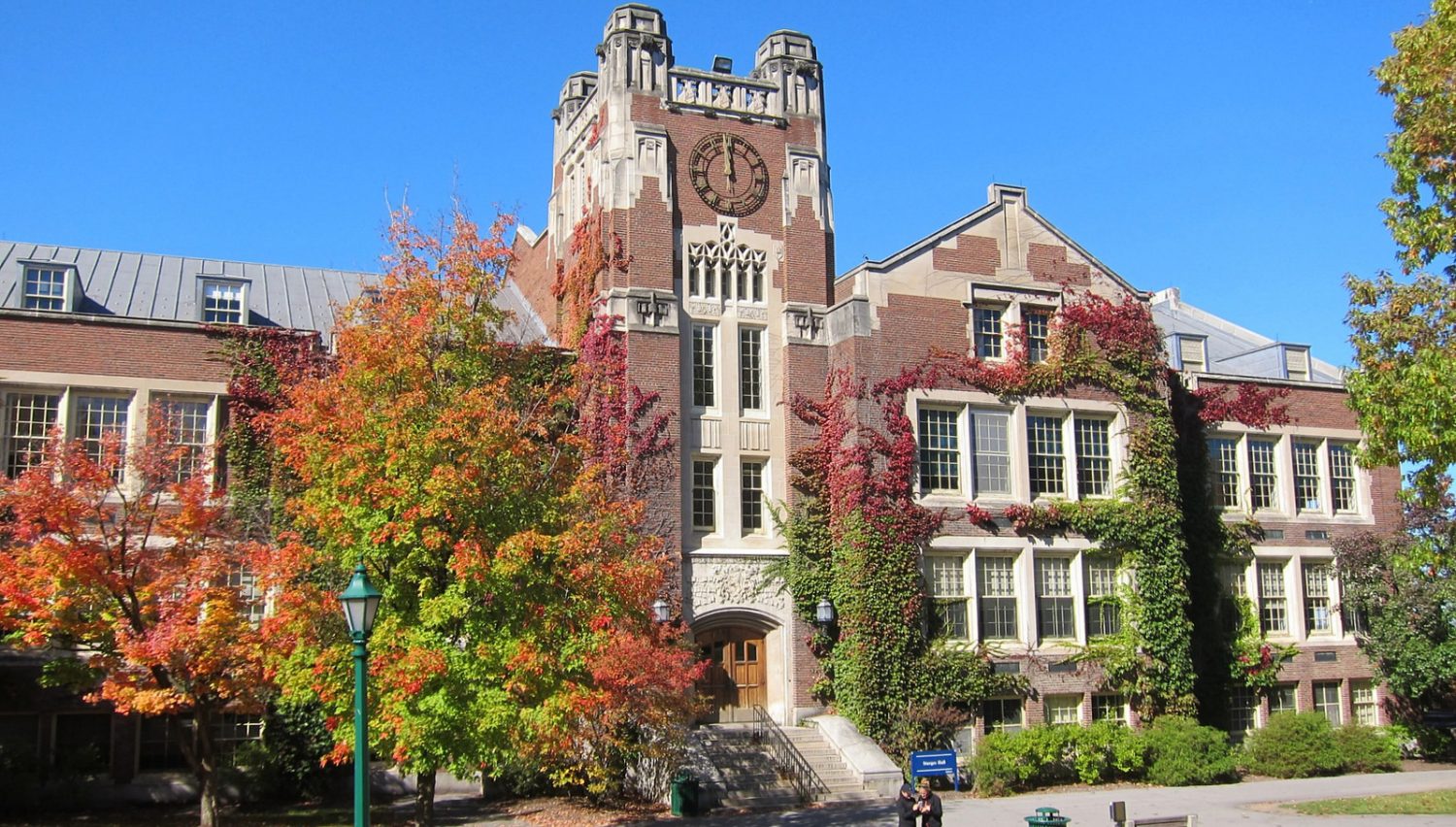I did not truly come to the realization that we were on the other side of the world until I stepped foot into the Madagascar air in the daylight. When we arrived on New Year’s Eve, we were still dazed from the full day of travel, from New York to Paris to Antananarivo. Our bus passed through the rainy capital in the middle of the night, with no street lights to reveal our surroundings. After a quick night of sleep, however, we launched into our adventure.
We spent three weeks traveling along the national road by bus, from coast to coast in the southern portion of the island. We stopped for hikes, village tours, factories, workshops, and research center visits. Each day we found ourselves in a unique location with new discoveries to be seen. It was fascinating to track the changes in landscape from the bus window. The populated city of Antananarivo transitioned into tiered rice fields, then magnificent mountainous regions, flatlands scattered with Baobab trees, and eventually, the cacti-filled desert in the West.

The flora and fauna varied, but local guides always had a keen eye for noteworthy plants and animals from their region. We observed the wildlife on our hikes through a number of national parks, often in the early morning to escape the blistering heat, as well as on night walks near a few of our hotels. Night-time was when the weather would inevitably shift to a downpour, which was to be expected of Madagascar during the rainy season.
No matter the time of day, I will never forget the noise of the forest – whether it was the Indri Indri lemur waking us up at 5 AM in Andasibe, the frogs singing, or the inescapable buzzing of cicadas – there was never silence in Madagascar. Hiking through the national parks was my favorite part of the trip, as we were able to approach chameleons and lemurs within arm’s reach. Our professor, Dr. Amanda Lewis Nang’ea, insisted that we were extremely lucky with the lemurs; they were always playful and unfazed by the human presence when we spotted them. I am convinced they could sense our excitement and awe as they put on a show.

Our course, HIST 284: Environmental History of Madagascar, centered on the environment and conservation efforts on the island. Overall, we learned about how humans impact the environment, but also how environmental circumstances shape human behavior. The course focused primarily on the historical context and local conditions of Madagascar. We discussed the impacts of the French and Chinese on the island, as well as local interactions and engagement with the government. Through our travels, we were able to explore the complexities of conservation and wildlife preservation as they related to the Malagasy people.
For example, we discussed the role of researcher Patricia Wright in the creation of Ranomafana National Park, which we visited for an early six-hour hike. Ranomafana is known for its efforts toward conservation of biodiversity as well as community health and education initiatives led by Wright and her team. It is clear that conservation involves a certain balance; on one hand, environmentalists want to ensure that the wildlife is protected, but on the other, we must ensure that the Malagasy way of life is not altered in a detrimental manner.

Beyond the environmental aspect of our trip, we were also exposed to the social side of Malagasy life. Despite language barriers, we were able to interact with a wide range of Malagasy people including guides, farmers, shopkeepers, and most commonly, children. Walking through the villages allowed us to fully immerse ourselves in their culture. Beyond simply viewing the Malagasy people through the bus window, we walked with them through the villages for a glimpse of daily life.
Frequent sights included zebu (the indigenous African breed of cattle) being herded down the street, bikers weaving through the crowds, stray dogs and chickens searching for food, and most commonly, kind and welcoming faces. As we traveled through each village, the locals would smile and wave to our bus, yelling out “Bonjour vazaha!”. We would wave back, greeting them in Malagasy (“Salama!”), often resulting in more smiles, waves, and giggling children.

Traveling to Madagascar made me realize how much I take for granted in America. After living there for nearly a month, I came to miss aspects of my life that I had never questioned before – drinkable water from the tap, paved roads, plumbing, and sleeping without fear of being eaten alive by mosquitoes, to name a few. Focusing on conservation in the course also made me consider the huge impact human behavior can have on the environment. The impact of climate change is certainly evident in Madagascar. We experienced first-hand the effects of a shorter rainy season on agriculture as we toured tea and vanilla plantations. We also felt the increasing ocean temperatures, specifically on the Western coast where the ocean water felt just as hot as the 100-degree air. The impacts are far-reaching on the Malagasy people, from farming communities to fishing villages and everywhere in between.
Madagascar may be on the other side of the world, but studying abroad there made me understand that we cannot forget about them once we return to our privileged lives in America. This journey has opened my eyes to a whole new world as I never could have imagined – one which will stick with me for the rest of my life.


